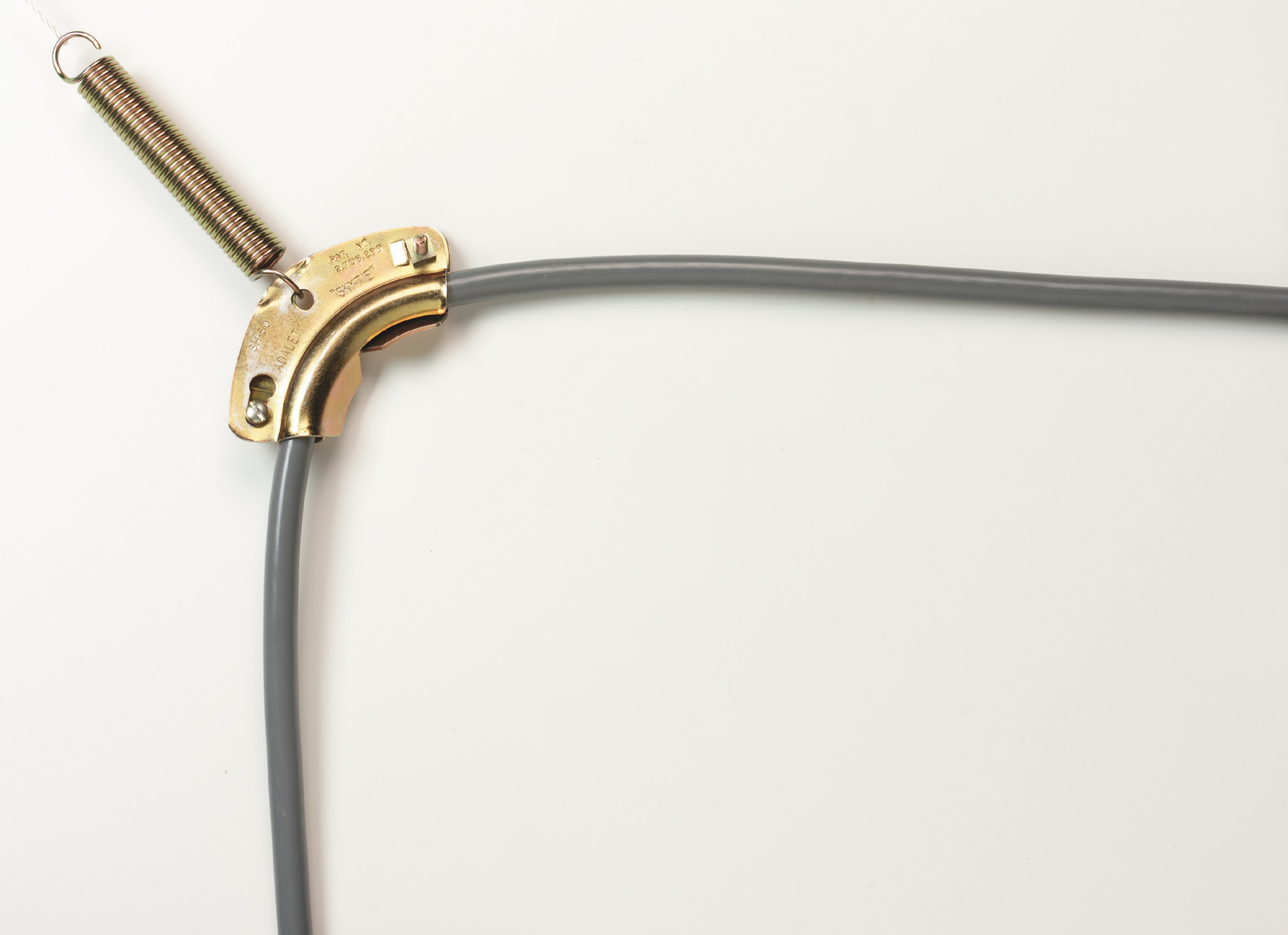This Machine shop has several older mills and lathes some 480v 3Ø & 240v 3Ø. No E-Stops, guards pretty much 1930' or but still working machines.
In evaluation to upgrade these unit, the supply wiring method has become the debate.
Previously all were connected soow cable w/ twist lock plugs and receptacles to the safety sw.
The only method I recall for permanent installation is Conduit either supported overhead or anchored to the floor with a cover to prevent tripping hazards unless the machine is movable for cleaning.
Is the soow cable w/ twist lock plugs permitted, or is this only for a temporary connection.
As if the operator is finished using the equipment and removes the plug like on a welding machine.
Can someone provide the article in NFPA 79 or 70 or if this is a OSHA requirement.
Thank you,
Rob
In evaluation to upgrade these unit, the supply wiring method has become the debate.
Previously all were connected soow cable w/ twist lock plugs and receptacles to the safety sw.
The only method I recall for permanent installation is Conduit either supported overhead or anchored to the floor with a cover to prevent tripping hazards unless the machine is movable for cleaning.
Is the soow cable w/ twist lock plugs permitted, or is this only for a temporary connection.
As if the operator is finished using the equipment and removes the plug like on a welding machine.
Can someone provide the article in NFPA 79 or 70 or if this is a OSHA requirement.
Thank you,
Rob


